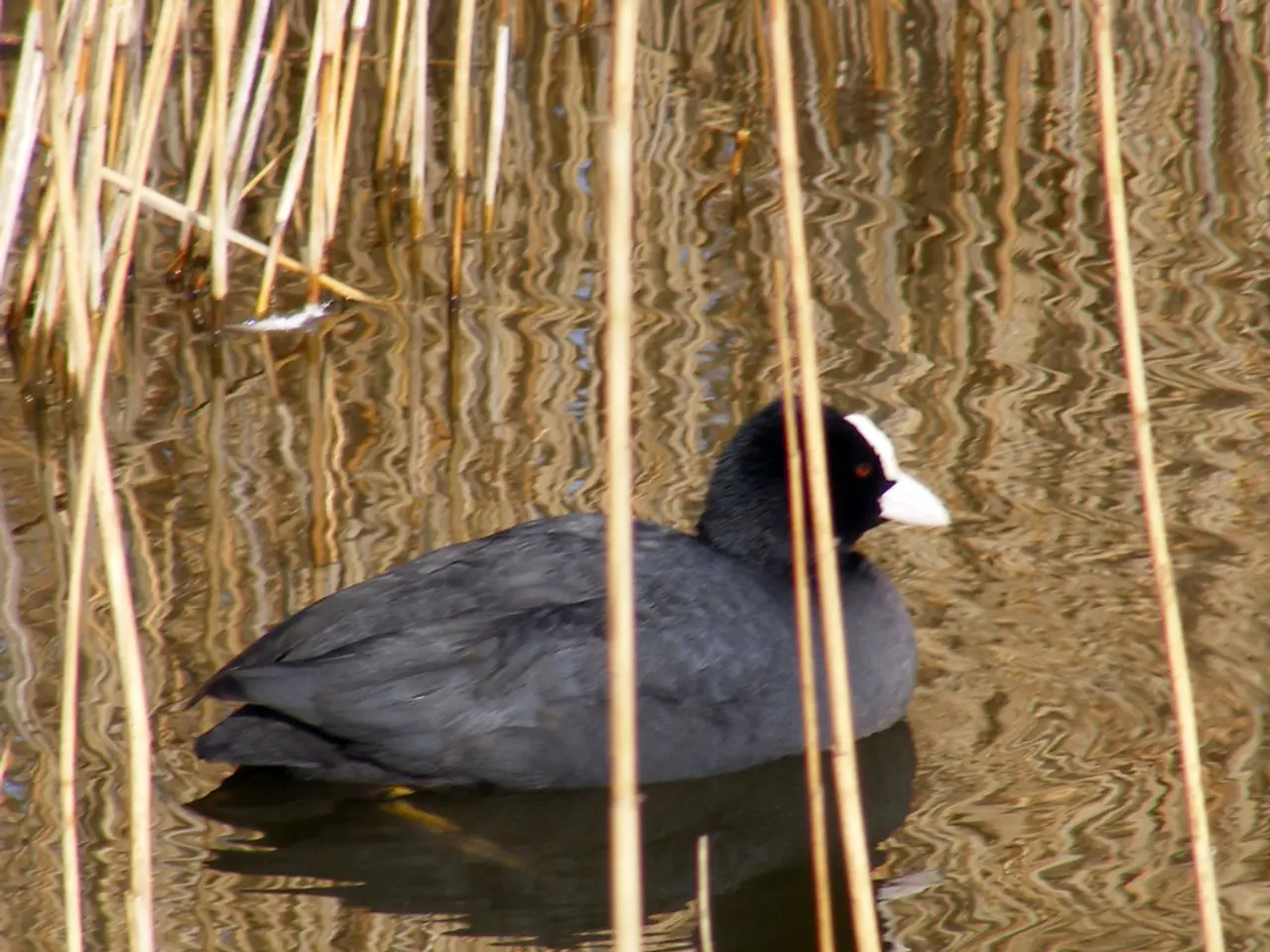Comprehensive Guide for Gardeners: Eradicating Unwanted Flora - Strategies for Removing Annoying Noxious Weeds
In the world of gardening, perennial weeds can pose a significant challenge due to their deep root systems and persistent nature. However, with a combination of physical, cultural, and chemical strategies, these unwanted intruders can be effectively managed.
One of the most straightforward methods for controlling young perennial weeds is hand-pulling. By removing them when they are still small and in small numbers, gardeners can ensure that the entire root system is extracted, thus preventing regrowth from root fragments.
For established perennial weeds, systemic post-emergent herbicides can be a powerful tool. These chemicals move through the plant from leaves to roots, and are most effective when weeds are transporting energy to roots preparing for dormancy. This method is considered the most successful chemical treatment for established perennial weeds.
Regular mowing is another effective strategy for perennial weeds. By preventing seed spread and weakening weeds over time, mowing can help keep them under control.
In lawn areas, spot-treating perennial grassy weeds with non-selective herbicides during active growth periods (midsummer) is particularly important. After weed destruction, reseeding or sodding can be carried out to restore the lawn.
Soil solarization or occultation, using clear plastic sheeting (solarization) or black tarps (occultation), is a non-chemical method that heats the soil and kills weeds and their seeds over several weeks. This method is useful for preparing flower beds or limited planting areas.
Pre-emergent herbicides can help prevent germination of weed seeds, but they are less effective on perennial weeds spreading through vegetative parts like rhizomes or tubers.
Combining methods—such as digging out roots, then applying herbicides to regrowth—can improve control and reduce chemical use. Identifying specific perennial weed species helps tailor treatment for best results.
Mulching is another effective strategy for weed control. By providing a layer on top of the soil that prevents sunlight from reaching weeds, mulch can help keep them under control. At least 2 inches (5cm) of organic mulch should be used for effective weed control.
Weeding can involve various methods such as pulling weeds, smothering them, or using herbicides. However, herbicides should be the last resort due to their potential to injure other plants and animals. When using herbicides, it's crucial to follow label directions carefully to limit potential injury.
Preventing weed growth is easier than combating it. Removing weeds from landscape beds before planting can help prevent weed growth. Inorganic mulches like plastic paper, weed barrier fabrics, and gravel can be used but should be covered with a thin layer of organic mulch. A drip irrigation system can also limit the water available to weeds.
Common annual weeds include dead nettle and mallow, while perennial weeds like dandelion, thistle, and dock, have deep roots and can live for years. Biennial plants like wild carrot, ragwort, and garlic mustard complete their life cycle over two years.
Rototilling can eliminate annual and biennial weeds but can work in favor of perennial weed growth. Therefore, it's essential to consider the type of weeds present before deciding on the most effective method for weed control.
In summary, effective control of perennial weeds requires persistent efforts using a mix of mechanical removal, timely and targeted herbicide use, and cultural methods like solarization or mulching for lasting impact.
Transforming a home-and-garden setting into an enjoyable lifestyle often involves maintaining a weed-free environment. One practical strategy for managing young perennial weeds is hand-pulling, while more established ones can be treated with systemic post-emergent herbicides. Additionally, regular mowing significantly hinders their growth by weakening them and reducing seed spread.




